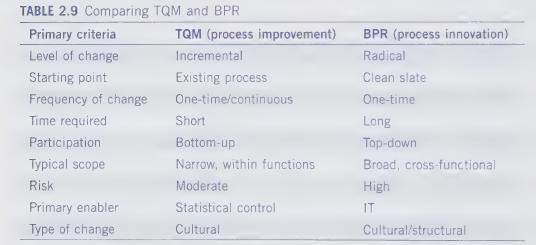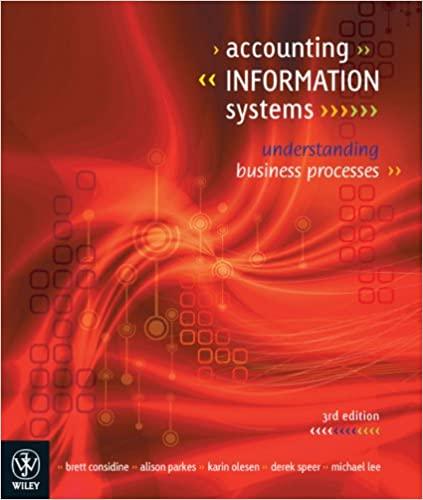James McFarlane is the manager of a medium-sized manufacturing company. His company is looking at improving the
Question:
James McFarlane is the manager of a medium-sized manufacturing company. His company is looking at improving the design of its sales and manufacturing pro- cesses and one employee has suggested that it considers adopting an ERP system. The employee said something about the benefit of best practice in ERP systems. James is not sure which way to go. He believes that the organisation's current prac- tices are basically sound, unique in the industry and that, with a little modification, they could be even more of a distinguishing factor for the business. He has reser- vations about ERP systems and was contemplating TQM and BPR as other alter- natives for the existing process. Advise James on the risks and benefits an organisation faces in adopting the processes in an ERP system. Should his company go ahead with the ERP system? Do you think, based on the few facts available, that James should be considering BPR and TQM? If so, which do you think is appropriate for his business? Explain your reasoning. Table 2.9 compares TQM and BPR as ways of improving business processes.

Describe each of the primary criteria used for comparing the two approaches and highlight the important distinctions between the two approaches for each criterion. Review the before and after re-engineering process descriptions for IBM Credit in the chapter. (a) Explain how this case demonstrates the four elements of re-engineering that were described in the chapter (fundamental, radical, dramatic, process). (b) Draw a diagram of the operation of the re-engineered IBM loan application process. Compare this diagram with that of the original process in figure 2.5. What are the major differences in the way the process is performed? (c) One of the solutions for IBM's process design that was tried was to establish a central desk and integrate that into the original process. As each person completed their individual task he or she would return the loan application to the central desk where it would await collection by the next person in the process. What do you think would be some of the possible advantages of such an approach? (d) Do you think that there could be any disadvantages to implementing the cen- tral desk approach described in part (c)? Explain why. (e) Why do you think IBM did not pursue this option, instead opting for the re-engineered approach described in the case contained in the chapter? (f) What could be some of the issues (ethical, technical, legal or otherwise) that IBM would have to address in implementing the loan application computer support program in the re-engineered organisation?
Step by Step Answer:

Accounting Information Systems Understanding Business Processes
ISBN: 9781742165554
3rd Edition
Authors: Brett Considine, Alison Parkes, Karin Olesen, Michael Lee, Derek Speer




